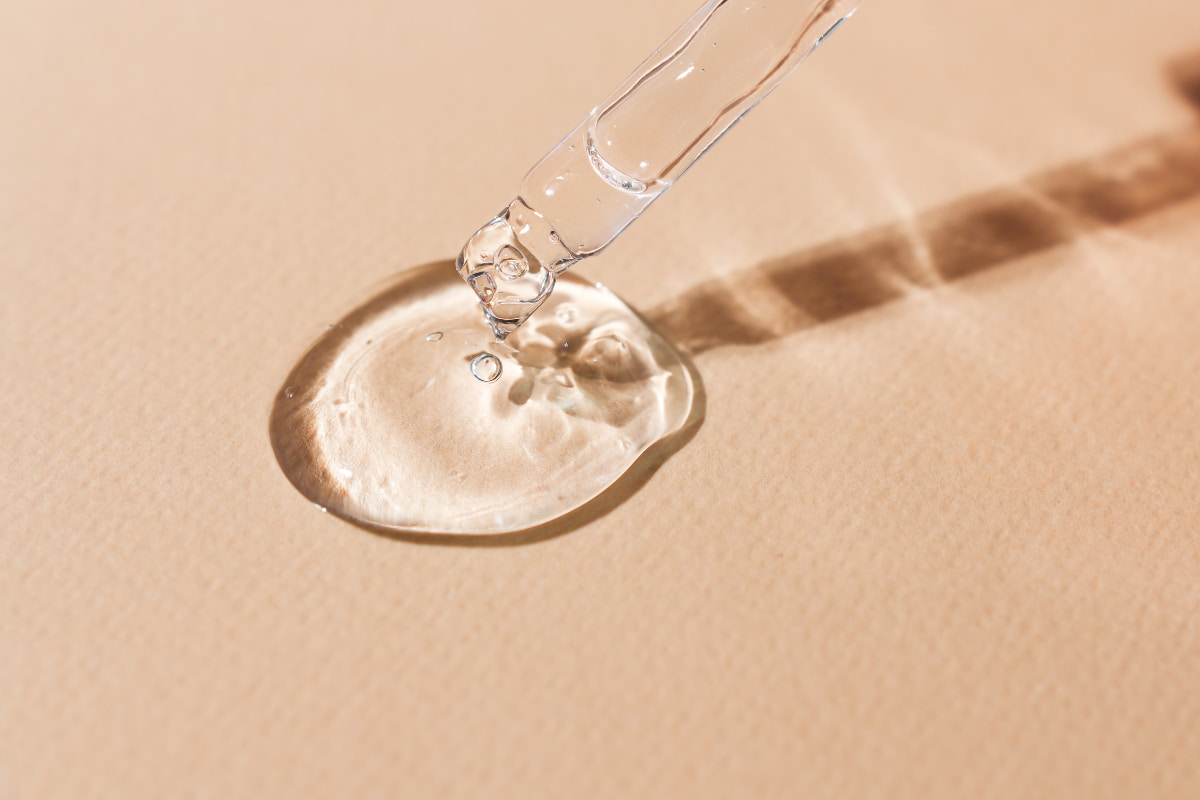What is hyaluronic acid? Read the guide to find out clearly what it is, what it is made from and what are its effects on the skin.
In the wide panorama of solutions for beauty and rejuvenation, the term “hyaluronic acid” has become familiar to many. For both aesthetic medicine and cosmetics talking about it is quite a “must” for effective marketing strategies.
However, there is often some uncertainty and confusion among ordinary users as to what this substance actually is, what it is made from and how it works.
The purpose of this guide is to remove all doughs and clichés about what hyaluronic acid is, through a complete overview, also for non-professionals.
In order to help users to make well-informed decisions for what concerns beauty and skin health, in particular we will focus on:
The fact that hyaluronic acid (HA) is naturally present in the organism, mainly in the connective tissues, is the first think to know to understand what it actually is.
HA is a wide linear polymer, chemically formed by repeating disaccharide units of D-glucuronic acid and N-acetyl-D-glucosamine (joined by β-1,4 and β-1,3 glycosidic bonds). It also constitutes the main component of the extracellular matrix.
Within the human body, it is distributed in salt form and is mainly found in connective tissue, skin and also in some organs and muscles.
HA plays a fundamental function for the skin, contributing significantly to its health and appearance in several respects:
- Hydration: it constantly maintains the skin hydrated, keeping it young and healthy.
- Volume and turgor: it is a sort of scaffold of our connective tissues and it stimulates fibroblasts to produce collagen.
- Protection: it protects the skin from damaging external agents.
- Regeneration: it is involved in skin repair processes.

After considering what hyaluronic acid actually is, it should also be considered that with advancing age, the amount of HA tends to decrease. This is one of the reasons why many blemishes begin to appear.
As well as knowing what hyaluronic acid is, it is also important to know how the production of this substance works and, most importantly, what it is made from.
As said before, it is a naturally present substance in our bodies. Hence its biocompatibility and reduced probability of side effects.
In the past, it was extracted from animal sources, in particular from cockscombs. This was a less precise process and more prone to contamination. Most of hyaluronic acid used today in aesthetic medicine is produced by bapteric biofermentation processes instead.
In the laboratory, specific strains of bacteria are cultivated in a controlled environment, leading them to produce high-quality HA similar to endogenous hyaluronic acid (physiologically produced by the body). This method guarantees higher purity, less chance of allergic reactions and better customisation of formulas.Thanks to this advanced production technology, the hyaluronic acid used in modern beauty treatments is safer and more effective, and guarantees natural and long-lasting results.

The chains formed by hyaluronic acid molecules can be distinguished between long and short chains and this difference affects their properties and functions in the body.
In fact, it has been shown that the length of HA chains plays a crucial biological role.
For example, long chains of hyaluronic acid are usually larger and good at moisturising the skin and maintaining its elasticity and softness because they retain more water.
On the contrary, shorter chains may have different functions, such as promoting tissue repair or playing a role in the inflammatory process.
We saw what hyaluronic acid is, what are its functions and how it is produced.
Analysing these aspects is fundamental to explain how it is an absolutely safe and well tolerated substance, mainly because it is naturally present in the organism.
In terms of safety, results and durability, the quality of the HA used is exclusively what makes the difference. This is why it is essential to only turn to aesthetic medicine professionals who use the safest hyaluronic acid.
Once this condition is fulfilled, HA in injectable filler form can be used to correct a lot of imperfection immediately and lastingly.
When injected into the dermis, hyaluronic acid acts as a filler, smoothing out wrinkles of varying degrees and giving the skin a younger and hydrated appearance.
It can also be used for:
- Redefinition of the oval of the face;
- Improve lips volume and shape;
- Fill in and lift cheekbones;
- Correct dorsal hump;
- Remove under eye bags;
- Remove acne scars and chickenpox scars;
- Firming up the face
Finally, explaining what hyaluronic acid is help us understand the reasons why it is a key ingredient in many skin care products and aesthetic treatments.
Foliage is the result of 20 years' experience of Phitogen Beauty Labs - a leading group in the production of hyaluronic acid-based injectables. Foliage distributes a complete range of high-performing intradermal products.
CONTACT US
Via Valtellina, 21
San Benedetto del Tronto (AP)
63074 – Italy



